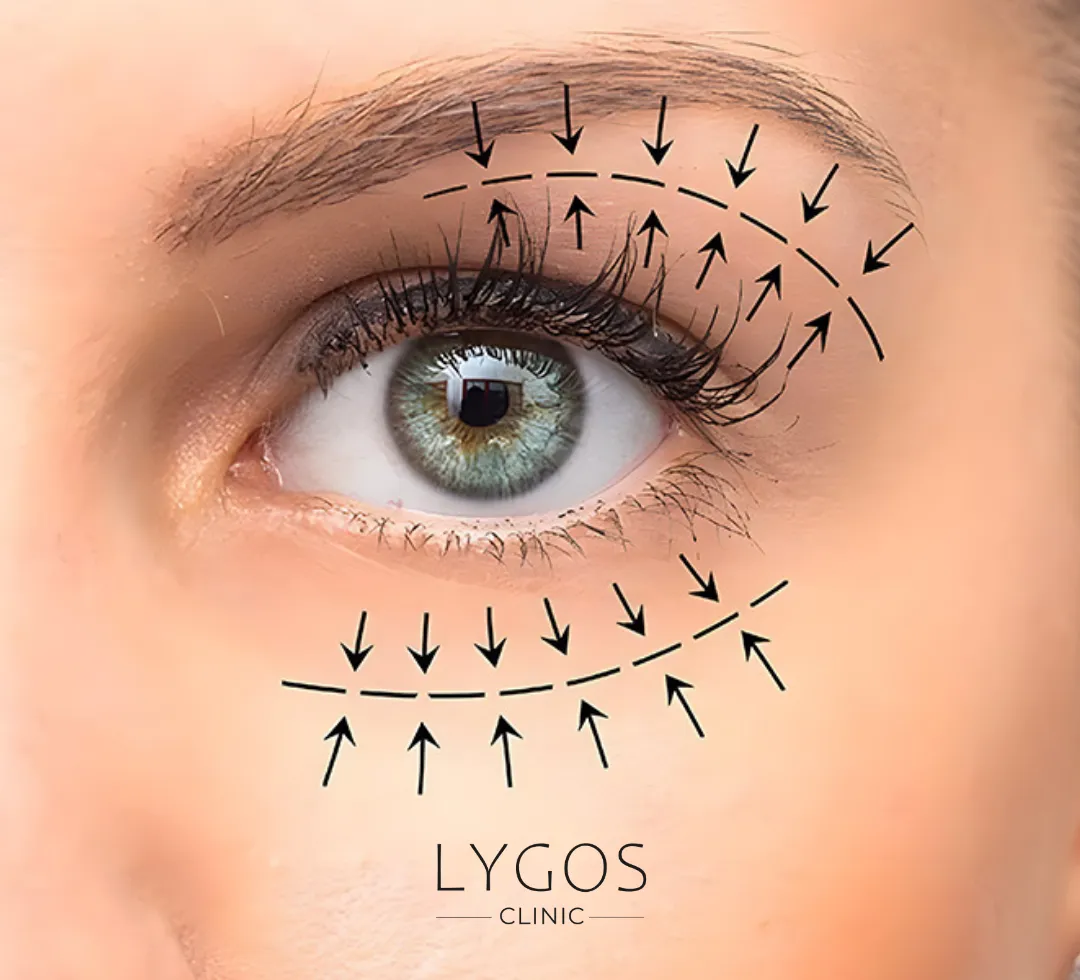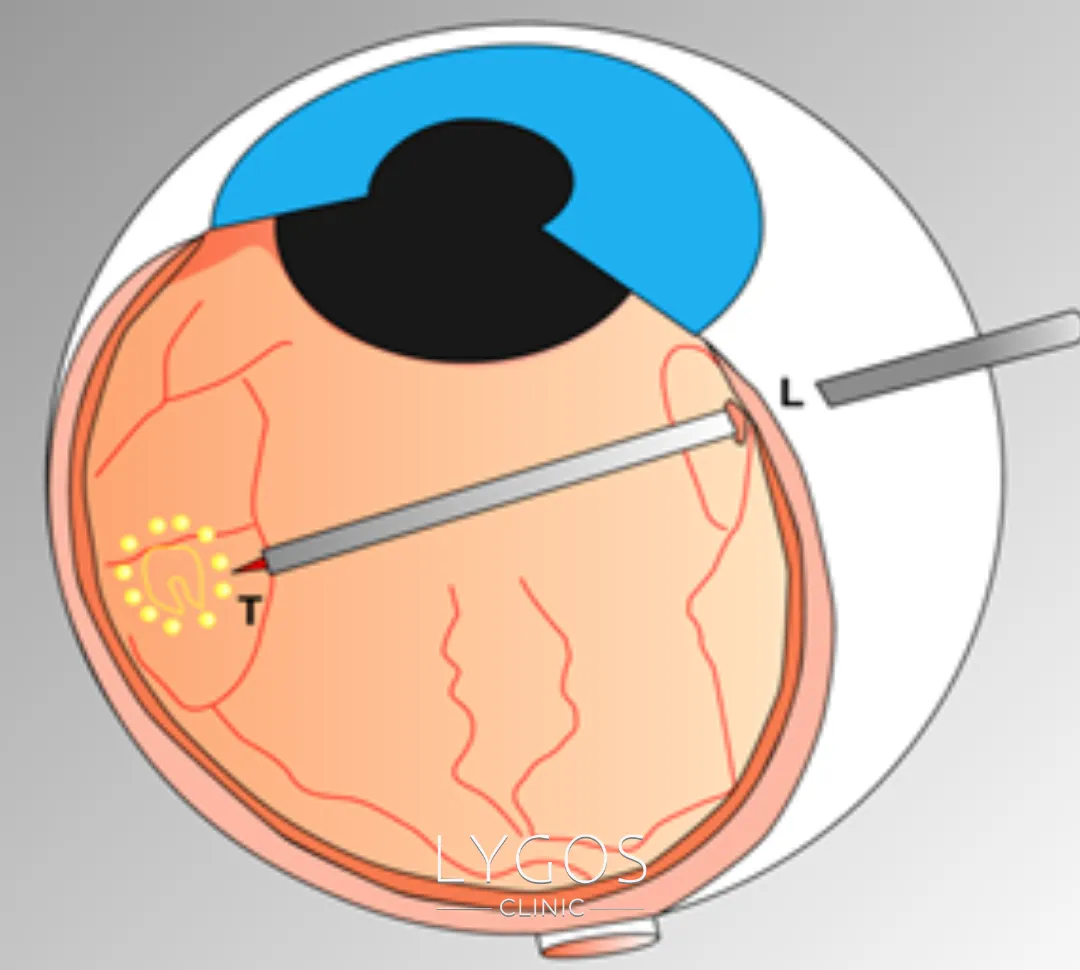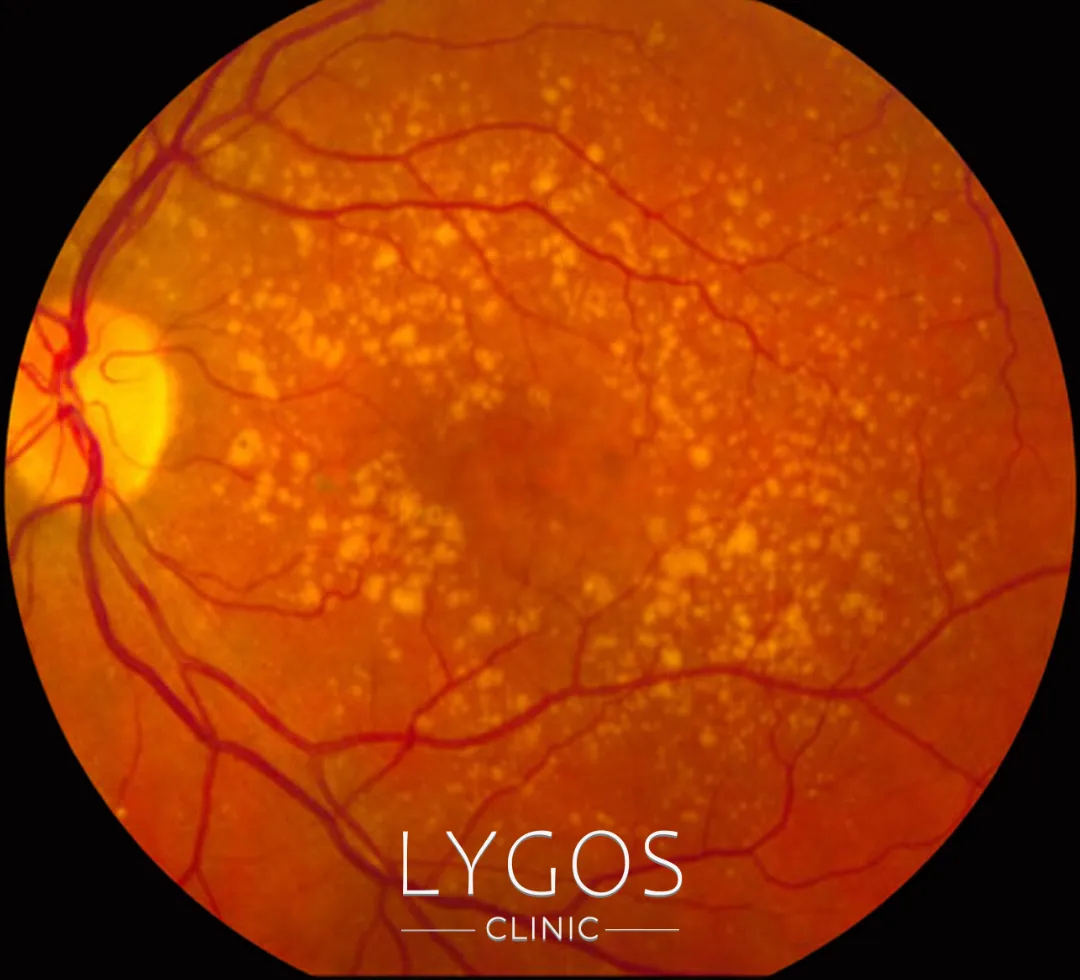What is Oculoplasty?
One of the most popular oculoplastic procedures is blepharoplasty, or eyelid surgery. This surgical procedure removes excess skin and sagging eyelids that develop with age, giving a more youthful appearance. In addition to blepharoplasty, additional aesthetic interventions such as a brow lift can also be performed. Oculoplastic procedures are usually performed as outpatient treatment. It can also be performed on individuals of all ages. Tumors in and around the eye are also included in the scope of this surgery. Thus, both cosmetic and medical needs can be met.
Get Free Consultation
Chose Your Topic

Who is Suitable for Oculoplasty Treatment?
Pitosis: Ptosis is a condition in which the eyelids involuntarily fall and obstruct vision due to various medical conditions. In cases where medication is inadequate, the eyelid may need to be lifted surgically. Oculoplastic methods are used in this procedure.
Entropion: The rotation of the eyelids into the eye is called entropion. In this case, oculoplasty is performed to restore the normal structure of the eyelids.
Ectropion: Ectropion, the outward curving of the eyelids, is treated with oculoplasty. This procedure is performed to restore the natural position of the eyelids.
Thyroid Eye Disease: In thyroid-related diseases such as Graves' disease, substances that accumulate behind the eyeball can cause the eyes to protrude outwards. In this case, oculoplastic procedures are used to reconstruct the eyeball.
Cancer: In cancerous lesions of structures such as tumors and tear glands in the eyeball, oculoplasty is used to reorganize the surgically removed areas.
Tear Duct Obstructions: When obstructions in the ducts of the lacrimal gland need to be surgically corrected, oculoplasty allows the area to be organized.
Trauma: Oculoplastic methods are used to repair injuries caused by external trauma to the eye. This is essential to maintain the functional integrity of the eye.
Aesthetic Procedures: Oculoplasty is preferred for cosmetic procedures such as blepharoplasty (aesthetic lifting of the eyelid) and brow lift. Botox applications and facial fillers are also performed in this context.
Eye Removal: In cases where the eye has lost its function or needs to be removed in diseases such as cancer, oculoplasty allows the eye to be removed and the area to be organized.
Prosthetic Eye Applications: Replacing the removed eye with a prosthetic eye is another important application area of oculoplasty.
How is Oculoplasty Treatment Performed?
Botox Injections: Botox, which temporarily relaxes the facial mimic muscles, is used to reduce wrinkles around the eyes and improve aesthetic appearance. It is especially preferred to correct droopy eyelids and the position of the eyebrows.
Fat Removal: The process of removing excess fat tissue from the eyelids is performed to reduce sagging and bags that occur with age. This method helps the eyelids gain a younger and more vigorous appearance.
Blepharoplasty: Blepharoplasty, the surgical removal of excess skin and fatty tissue on the eyelid, aesthetically corrects the eyelids. This procedure is applied to improve both appearance and visual field.
Orbital Surgery: Orbital surgery is performed when the bone structure around the eye needs to be surgically reconstructed. This method is used in cases such as trauma, tumors or thyroid-related eye diseases.
Duct Blockage Treatment: In cases where blockages in the tear ducts need to be surgically corrected, oculoplasty comes into play. This treatment is necessary to ensure that tears flow properly.
Which Treatments Can Oculoplastic Interventions Be Performed?
- Botox injections
- Oil purchase
- Blepharoplasty
- Orbital surgery
- Channel obstruction
What are the Risks of Oculoplasty?
Oculoplasty involves a series of surgical procedures performed to repair or aesthetically correct the eye and its surrounding structures. As with any surgical intervention, oculoplastic surgery has some risks and possible complications. Here are the risks of oculoplasty:
Bleeding: As a result of damage to the blood vessels in the area during the surgical procedure, bleeding may occur at various levels. This bleeding may be visible on the skin or spread under the tissue and appear as internal bleeding called hematoma. Hematomas can cause swelling and discomfort in the surgical site.


Eye Contour Aesthetics Oculoplasty
Oculoplasty is the name given to the treatment of the eye and its surroundings. This branch ranges from correcting deformities of the eyelids to removing tumors around the eyes and repairing traumatic injuries. The eyelids are the thinnest and most sensitive skin area of the human body.
Any surgical intervention in this area must be performed with extreme caution and care. The eyelid is not only an aesthetic element, but also plays a vital role in maintaining eye health. For this reason, oculoplastic surgery specialists make their planning with great care in order to meet both the aesthetic expectations of the patient and to protect the functionality of the eye.
Since each individual's anatomical structure and needs are different, specialists develop personalized strategies. In this way, patients achieve both aesthetically satisfying results and preserve the health and functionality of their eyes in the long term.
After Oculoplasty Surgery
It is vital that you follow your doctor’s instructions meticulously to make the most of the recovery period after oculoplasty surgery. Taking all prescribed medications regularly after surgery reduces the risk of infection and speeds up recovery. Medications such as antibiotics, painkillers and eye drops provide the support your body needs after oculoplasty surgery.
Protect the area from external factors, dirt, dust and smoke by using bandages and protective goggles as recommended by your doctor. Protecting your eyes from direct sunlight and bright lights helps your healing process to proceed in a healthy way. If necessary, you can use sunglasses to protect your eyes during this sensitive period. It is also very important to be diligent about cleaning the surgical site.
Learn the cleaning products and techniques recommended by your doctor and make sure to keep the area hygienic. Apply cold compresses as recommended by your doctor to relieve swelling and bruising after surgery. You can support wound healing and increase blood circulation by gently massaging the eyelids. However, it is important to perform these massages as and when recommended by your doctor.
Avoiding heavy exercise and heavy lifting during the healing process allows your body time to recover. During this period, you should focus on rest and avoid smoking and alcohol. These substances can negatively affect recovery. Also, keeping your scheduled follow-up appointments will allow your doctor to closely monitor your recovery and intervene when necessary.
If you have any abnormal symptoms or concerns after surgery, contact your doctor immediately. In this process, your doctor's guidance will be your biggest supporter in your recovery journey. Remember, following the recommendations exactly during the recovery process is the key to maintaining your health and making the most of the surgery results.


Oculoplasty Surgery Costs
Oculoplasty surgery costs are determined according to the needs of the patient. This method, which has important effects in terms of both aesthetics and health, has more than one option. Since the needs and expectations of each person are not the same, different methods can be applied.
Therefore, it may be misleading to give a clear figure about the costs of oculoplasty surgery. Apart from the details above, other factors affecting the oculoplasty surgery costs include the hospital and its location, the experience of the doctor and the quality of the equipment.
Frequently Asked Questions About Oculoplasty
BLOG

Is Breathing Through the Mouth Harmful?
Chose Your Topic Is Breathing Through the Mouth Harmful? Breathing is one of the most fundamental needs of life. However,

Does Rice Water Make Hair Grow? | Benefits of Rice Water
Chose Your Topic Does Rice Water Make Hair Grow? Natural methods in hair care have become quite popular in recent

Breast Lump | Types: Benign, Malign and Causes | LYGOS 2025
Breast Lump While cancer stands out as one of the most common health problems today, early diagnosis rates are also





